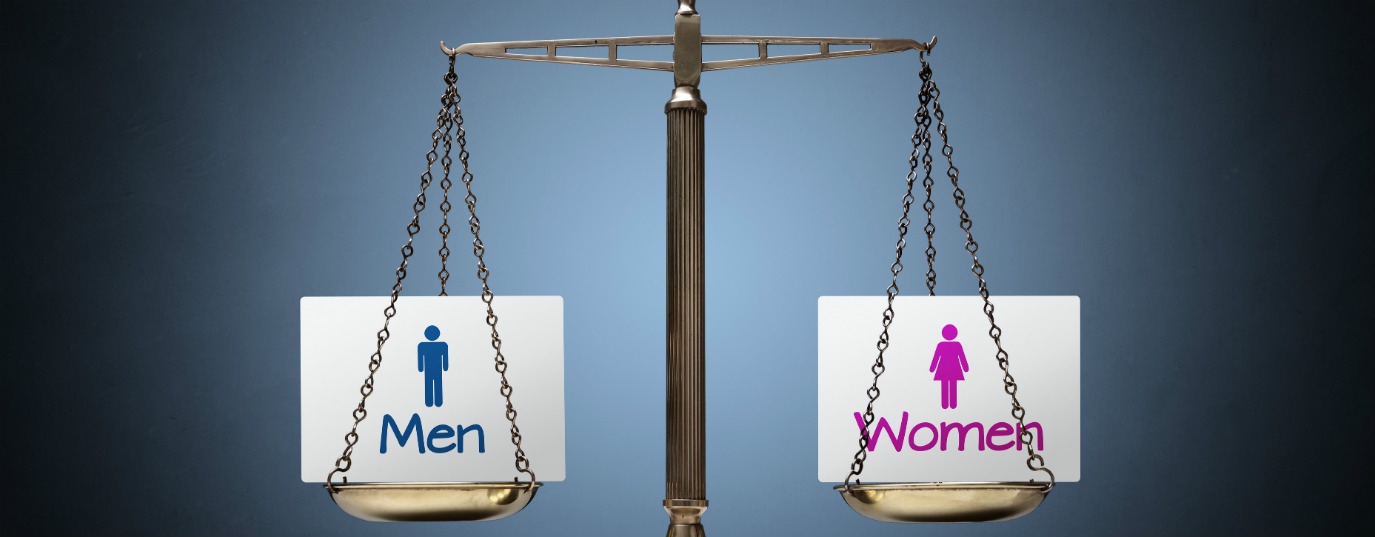What is the pay gap between men and women?
Discover the causes and possible solutions for the pay gap between men and women
Women in the labor market worldwide continue on average to earn 23% less than men for the same job or, to put it another way, are paid 77 cents for every dollar men get, according to the United Nations.
This salary difference due to gender is calculated using what is known as the gender pay gap, an indicator that specifies the difference between a man’s and woman’s salary in the labor market, usually expressed as a percentage of the male wage.
For this reason, the United Nations, through the fifth of the Sustainable Development Goals (SDGs) adopted in 2015 by its 193 member states as part of Agenda 2030, has agreed to “achieve gender equality and empower all women and girls”.
Why does the United Nations have a gender equality objective?
Gender equality is an unwavering commitment in the quest to achieve other social and economic advances. Antonio Guterres, Secretary-General of the United Nations, stated that if women could take part in the economy on a level playing field with men, world GDP would increase by 26%.
Various situations cause the pay gap. For example, according to Phumzile Mlambo-Ngcuka, executive director of UN Women, “in many countries men receive a higher salary based on the number of children they have. On the other hand, when a woman announces she is going to be a mother, it means she will earn much less money.”
The way the current labor market functions, the United Nations forecasts that it will take about 70 years for male and female salaries to equal out. To accelerate this process, one of the objectives of SDG 5 is to ensure the full and effective participation of women, as well as equal leadership opportunities, at all decision-making levels in political, economic and public life.
United Kingdom, latest example in the fight against the gender pay gap

As of April 2018, companies in the UK with over 250 employees must publish their gender pay gaps and, most importantly and for the first time, must report the measures they are introducing to reduce this inequality. This regulation, created by the British Government, has the objective of challenging the country’s gender pay gap of around 18%.
As such, the UK joins other countries such as Iceland and Germany which have taken measures obliging companies to report salaries transparently.
What can companies do to close the gender pay gap?
According to the International Labour Organization (ILO), there are policies that organizations can implement to reduce the gender pay gap. Three areas are key: contracts, promotions and remuneration.
The ILO recommends recording the contracting, training and promotion of all employees, as well as their evolution within the company. Similarly, it urges the creation of equality programs concerning promotions for workers of both sexes. With respect to remuneration, the ILO advocates basing this on an employee’s competences, qualifications and experience.
Other initiatives focusing on reducing the pay gap between men and women center on the appointment of an in-house equality officer and on training employees, creating inequality complaints procedures and treating each cased individually to decide if discrimination has occurred because of any requirements inherent in the tasks to be performed.
Sources: Objetivos de Desarrollo Sostenible, Naciones Unidas, Naciones Unidas II, Pacto Mundial and EFE.


